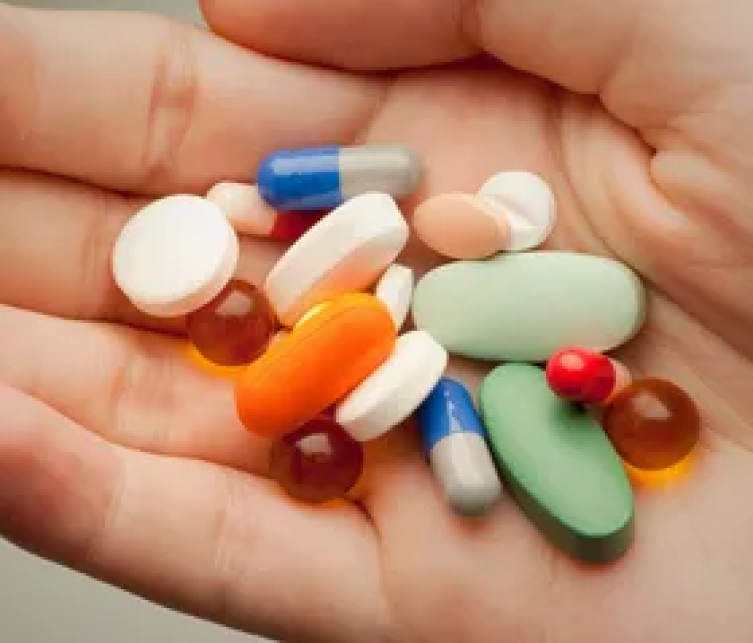What is Pain?
Everyone has felt pain at one point or another in their lives. It is our body’s way to tell us something is wrong. Whether from a paper cut or a broken leg, pain alerts us to the problem. This is called acute pain. It happens from an injury and inflammation in an area. This happens after surgery or after a fall. Pain is part of the healing process because of inflammation.
Chronic pain is different.
Acute pain can become chronic. Your body can hurt when there is no obvious injury. It may have started with an injury. The injured area is often already healed or scarred in, but the pain persists. In some people, pain can sensitize the central nervous system to respond more fiercely to pain. These changes in the spinal cord and brain can result in developing a lifetime of chronic pain and don’t go away on their own. Many times, we treat the cause of the problem, but the pain continues.
The kind of chronic back, neck pain, or joint pain that we are talking about are the run of the mill whiplash type injuries of the neck including sprains and joint problems, back injuries, and wear and tear joint problems. We are NOT talking about ongoing injury to the body such as metastatic cancer, damaged nerves, or uncontrolled rheumatoid arthritis, neuropathies and neuropathic pain or spinal cord injuries. We do not want to see people suffering, but opioids in the long term generally do not work well and can make the pain worse. This doesn’t apply to everyone.
Why do Opioids/Pain Pills Stop Working?
Opioids attach to the same pain receptors that endorphins, our natural opioids do. Endorphins are produced by our bodies to help get thru a short term stressful or painful situation such as childbirth or trying to finish a marathon. When endorphins attach to these pain receptors, we don’t notice the pain as much. This happens in the spinal cord and brain. Endorphins don’t circulate in our blood stream 24/7. Endorphins can also cause the release of dopamine, our reward hormone. This creates a sense of wellbeing and happiness. This is a natural “high” that people can experience.
When opioids are in our system all the time, our endorphin production goes down. This makes it more difficult for us to deal with pain on our own in the future. To make matters worse, the number of pain receptors also decreases over time while on opioids.
To summarize, with constant opioid use:
- Our own endorphin production decreases
- The number of pain receptors that endorphins and opioids attach to also decrease
- Feelings of joy decrease due to decrease in dopamine release in our brains
These effects cause opioid tolerance and increased perception of pain. What this means is that in the beginning for the first few days to weeks, the pain goes away AND you feel as sense of wellbeing and feel great. After a while, these effects decline. The pain relief is not quite as good, and you no longer feel that sense of wellbeing. Patients come in and say “the medicine is no longer working. Can I have something stronger?” Therein lies the trap. This is not addiction, this is tolerance. This cycle can continue with more pills, stronger, pills, eventually with nothing working. Opioids can increase the perception of pain over time and not just in the original area.
Another thing that can happen is opioid dependence. Dependence shows up as symptoms of withdrawal. This can happen every day even as an additional hour passes after you normally take a pain pill. The first symptom is increased pain! The pain receptors demand to be occupied every time at the same time of the day. Remember what happens with tolerance? The number of these receptors decreases over time. Overall this increases the severity of the pain over time. Severity of the pain doesn’t reflect the severity of injury if any.
Addiction is very different from dependence and tolerance. Addiction occurs in susceptible individuals who are more likely to become addicted to anything whether it be to drugs, stealing, gambling, sex, or alcohol. Seeking out the item or activity even though they know it’s bad for them. There is a need or compulsion. Addiction is a psychiatric illness whereas tolerance and dependence are not. Treating tolerance and dependence is much simpler than treating addiction. Its important to note that we don’t view people with chronic pain on opioids as addicts!





